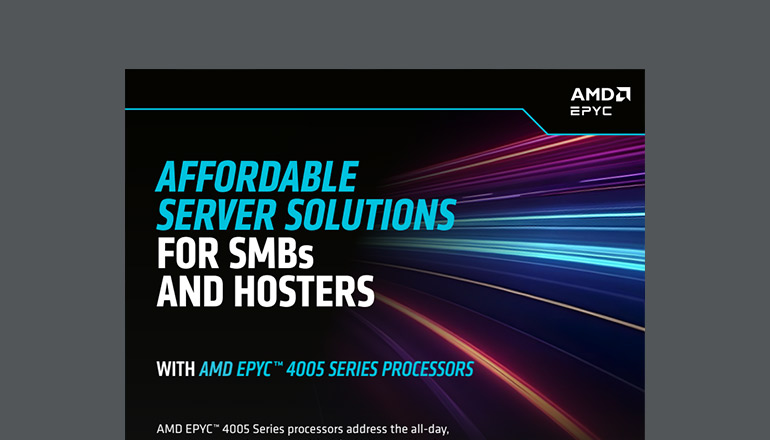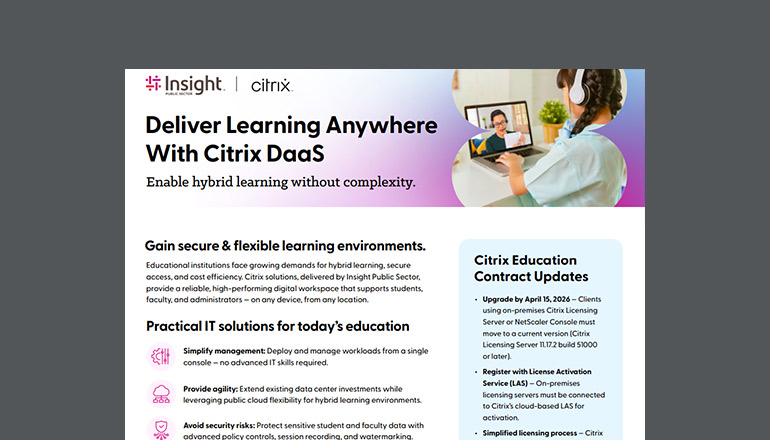Glossary What is Virtual Desktop Infrastructure (VDI)?
By / 2 Jan 2023 / Topics: Virtualization Employee experience Data center
Virtual Desktop Infrastructure (VDI) is a system for hosting an endpoint desktop environment from a central server. End users access their VDI-based desktop through a device of their choosing, including PCs, laptops, tablets and mobile devices.
Key features and benefits of VDI:
- VDI gives users access from anywhere to applications running on the corporate network.
- Applications and data remain securely in the data center or a cloud location (not on a user’s device).
- IT management is centralized, with better access controls.
- Data loss and downtime due to maintenance issues or upgrades are far less prevalent.
- VMs can be quickly spun up for dev/test, contractors, or other specific needs.
Organizations can use VDI as a cost-effective way to support remote staff or the entire workforce — creating an anytime, anywhere hybrid workplace. Using VDI simplifies scale and makes it possible to support a Bring Your Own Device (BYOD) ecosystem, as users are able to access work-related systems remotely.
This solution can reduce end-user device costs by allowing you to purchase low-cost devices that only need a reliable network connection to ensure productivity. This is because VDI enables compute, storage and software outsourcing to a cloud or data center environment. Many organizations have used VDI in some capacity, but the ease of access to cloud solutions and Hyperconverged Infrastructure have increased its value.
Recent IT trends have focused on modernizing VDI systems to simplify IT management and support digital transformation initiatives.




